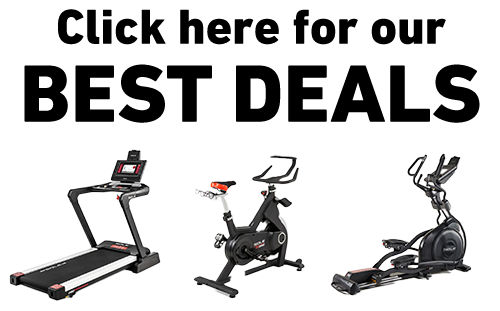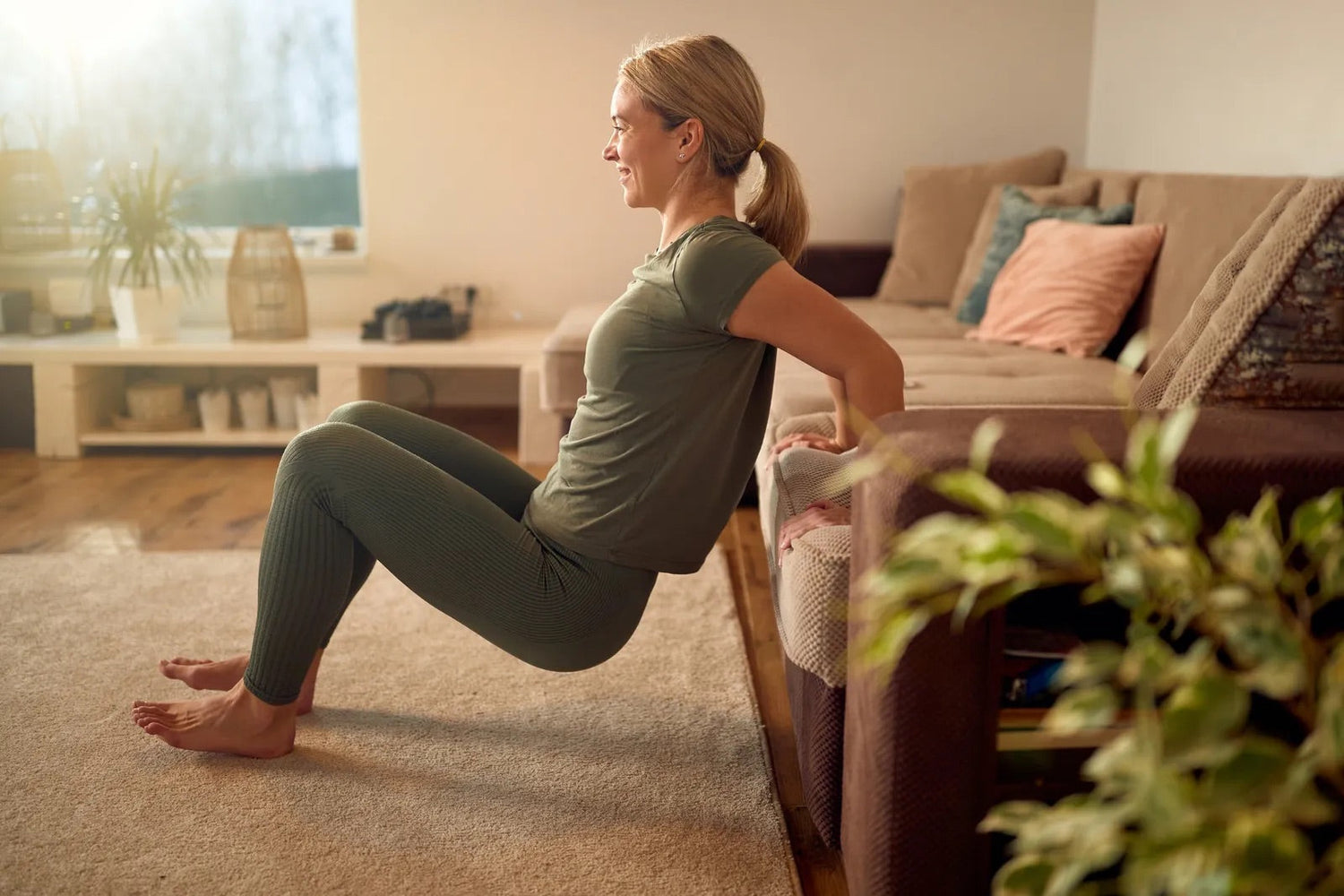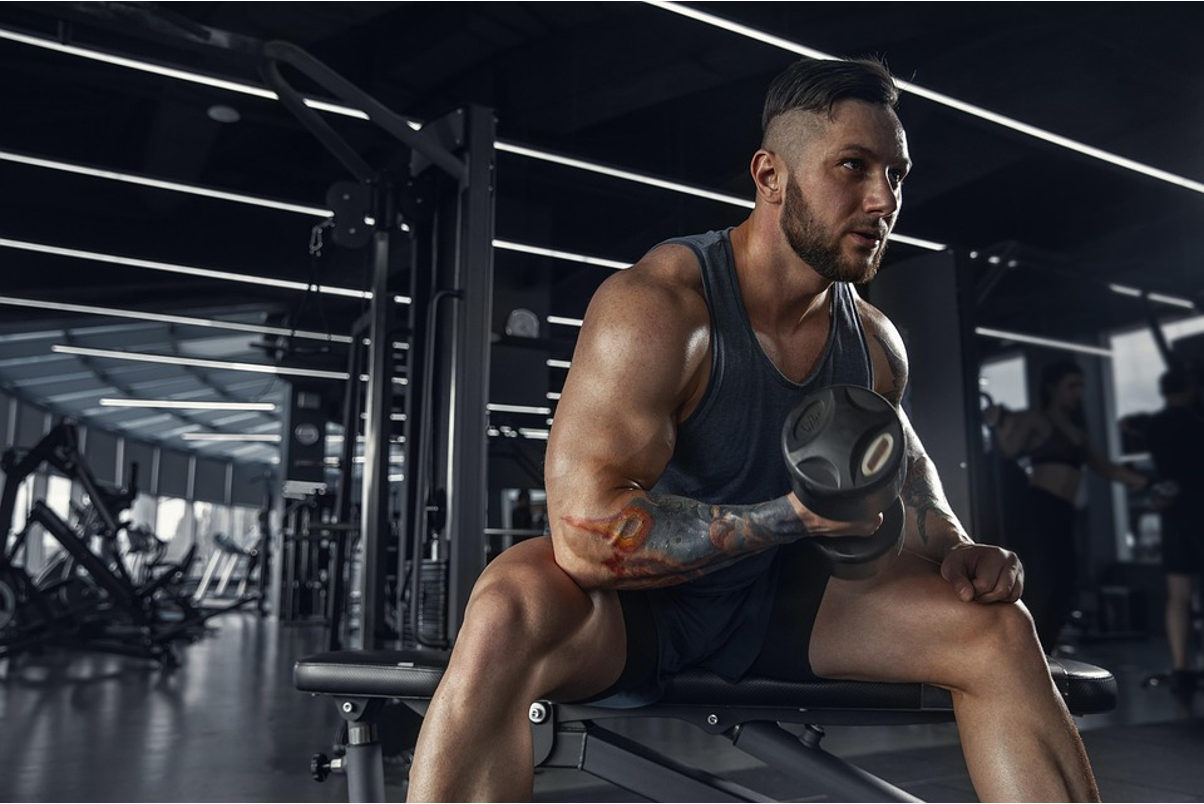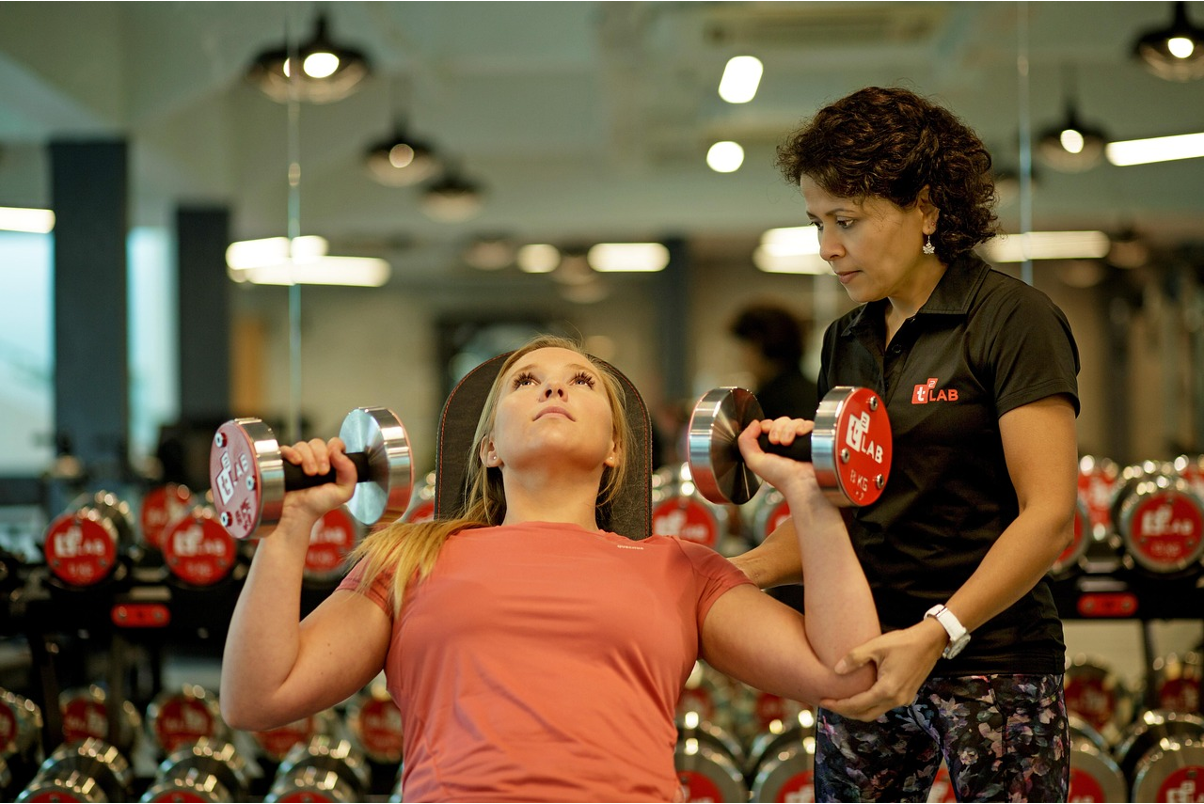Key Takeaways
- Push-ups are the foundation of chest calisthenics, offering multiple variations that target different parts of your chest for complete development.
- Dips deliver superior chest activation by placing your pectorals under a deeper stretch and greater range of motion than most bodyweight exercises.
- Archer push-ups provide essential unilateral training to correct muscle imbalances while intensely activating chest fibers through asymmetrical loading.
- Consistent progression in calisthenics chest training can yield impressive results through manipulating your leverage and varying your movements rather than using external weights.
- SOLE's Equipment Mat and adjustable dumbbells provide the perfect foundation for progressive chest training, from basic bodyweight movements to weighted variations.
Build a Powerful Chest Without Equipment: Why Calisthenics Works
The science behind calisthenics for chest development is compelling. Unlike isolation machines that artificially separate muscle groups, bodyweight exercises engage the chest in conjunction with its natural synergists: the shoulders, triceps, and core.
This integrated approach builds more practical strength and creates the neural pathways necessary for coordinated movement patterns.
Calisthenics chest training follows the principle of progressive overload through increased mechanical tension rather than simply adding more weight.
By manipulating your leverage, body position, and range of motion, you can continuously challenge your chest muscles in new ways. This constant adaptation stimulates muscle growth while minimizing joint stress; a significant advantage over traditional weight training.
Another benefit often overlooked is the superior mind-muscle connection developed through bodyweight training. Without the distraction of managing external weights, you can focus entirely on feeling your chest muscles contract through each repetition.
This enhanced neuromuscular awareness leads to better muscle fiber recruitment and more complete development of your pectoral muscles.
|
Build Your Foundation with Premium-Grade Strength Equipment!
 Complete Your Home Gym:
Why Choose SOLE Strength: ✓ Heavy-duty steel construction with rust protection 30-Day Money-Back Guarantee: Love it or return it, no questions asked. |
Exercise #1: The Push-Up

Push-ups activate approximately 70–75% of chest muscle fibers when performed correctly.
Standard Push-Up: Perfect Form for Maximum Results
Mastering standard push-up form is essential before progressing to variations. Begin with your hands placed slightly wider than shoulder-width apart, fingers pointing forward, and arms extended.
Your body should form a straight line from head to heels with your core engaged to prevent sagging or piking at the hips.
Lower yourself by bending your elbows at approximately a 45-degree angle to your body—not flared out to the sides, which can stress the shoulders.
Descend until your chest is roughly 2–3 inches from the ground to maximize the stretch on your pectoral fibers. At the bottom position, focus on feeling the stretch across your chest before powerfully pressing back up.
The ascent should involve consciously contracting your chest muscles rather than simply pushing with your arms.
At the top position, add a slight forward lean to engage the serratus anterior; imagine pushing the floor away from you rather than just pressing up against gravity.
Diamond Push-Ups: Target Your Inner Chest and Triceps
Diamond push-ups represent one of the most effective variations for targeting the inner chest and triceps simultaneously.
Place your hands close together directly under your sternum with your thumbs and index fingers touching to form a diamond shape. This narrow hand position shifts emphasis to the medial fibers of your pectoralis major while significantly increasing triceps activation.
The mechanics of the diamond push-up create a deeper stretch across the inner chest during the lowering phase. This increased stretch under tension stimulates growth in the often underdeveloped inner portion of the chest.
As you press back up, focus on squeezing your hands toward each other slightly to maximize chest contraction. Start with smaller sets of 5–8 repetitions as this variation is more challenging than standard push-ups.
Decline Push-Ups: Upper Chest Development
The upper chest is notoriously difficult to develop, but decline push-ups effectively target this area by changing the angle of resistance.
Place your feet on an elevated surface like a bench or chair while keeping your hands on the floor at shoulder width. The higher the elevation of your feet, the greater the emphasis on your upper chest fibers.
What makes decline push-ups particularly valuable is how they mimic the mechanics of an incline bench press but with superior scapular freedom.
This allows for more natural movement patterns that reduce shoulder strain while maximizing upper chest activation. Maintain a straight line from your elevated feet to your head throughout the movement.
Exercise #2: Dips

Dips allow for exceptional stretch and contraction through a full range of motion.
Proper Dip Technique for Chest Engagement
Maximizing chest activation during dips depends on specific body positioning and movement mechanics.
Begin by gripping parallel bars with hands about shoulder-width apart, arms fully extended, and shoulders depressed away from your ears. Initiate the movement by leaning your torso forward approximately 15–30 degrees while keeping your elbows tucked at roughly a 45-degree angle to your torso.
Lower yourself by bending at the elbows until you feel a substantial stretch across your chest—typically when your shoulders are slightly below elbow level.
Throughout the movement, maintain the forward lean and avoid remaining completely upright, which shifts emphasis to the triceps rather than the chest.
The ascent should be powered primarily by your chest muscles. Focus on squeezing your pecs as you press back to the starting position, maintaining the forward lean throughout.
For maximum chest fiber recruitment, avoid locking out completely at the top, which removes tension from the working muscles.
How to Progress With Dips
If you can't perform a full dip yet, several progression methods can help develop the necessary strength. Start with negative-only dips by jumping to the top position and slowly lowering yourself over 3–5 seconds. This eccentric-focused training builds strength rapidly while teaching proper movement patterns.
Assisted dips using resistance bands provide another effective progression method. Loop a resistance band around the parallel bars and place your knees or feet on the band to offset a portion of your bodyweight. As strength improves, use progressively thinner bands that provide less assistance.
Bench dips, though less optimal for chest development, can serve as a stepping stone toward full dips. Place your hands on a bench behind you with legs extended and heels on the floor, then lower and raise your body.
Exercise #3: Archer Push-Ups

Archer push-ups bridge the gap between bilateral and unilateral training, thereby creating asymmetrical loading that reveals and corrects strength imbalances.
Mastering Archer Push-Up Form
Begin in a standard push-up position with hands placed significantly wider than shoulder width, which is approximately 1.5 times your normal push-up stance.
Shift your weight toward one side while extending the opposite arm straight out to the side, fingers pointing away from your body.
Lower yourself by bending the supporting arm while keeping the extended arm straight but not locked. Your chest should move toward the supporting hand while your torso rotates slightly in that direction. The extended arm serves as both a stabilizer and counterbalance.
To do archer push-ups effectively, maintain tension through both arms simultaneously. The extended arm shouldn't simply rest passively but should actively press against the ground even while straightened. This creates the isometric component that makes this exercise so effective.
Why Unilateral Training Matters for Chest Development
Unilateral exercises like archer push-ups address a critical weakness in traditional chest training: bilateral muscular compensation.
In standard push-ups or dips, your stronger side can subtly take on more load, reinforcing existing imbalances. Unilateral training forces each side to work independently, which ensures balanced development.
In addition to symmetry, unilateral chest training improves intramuscular coordination and stability. The rotational forces created during archer push-ups engage the rotator cuff and scapular stabilizers more intensely than bilateral movements.
Improve Your Calisthenics Chest Training with SOLE

SOLE equipment bridges the gap between basic bodyweight training and advanced weighted progressions with tools needed for continuous chest development.
Calisthenics chest development requires proper progression from bodyweight basics to advanced variations.
SOLE's Equipment Mat provides the essential foundation with superior cushioning that protects wrists during push-ups while maintaining the stability needed for proper form development.
The generous 36.5" x 78" surface accommodates all chest movements from standard push-ups to archer push-ups.
As you master bodyweight movements, the SW180 and SW155 Adjustable Dumbbells provide seamless progression to weighted training.
Use them for weighted dips with a dipping belt, chest presses to complement your push-up training, or unilateral work that builds on the foundation established with archer push-ups. The 16 weight options from 5–80 pounds ensure you can progress systematically without plateauing.
The SW116 Weight Bench enhances your calisthenics routine by providing stable foot elevation for decline push-ups and proper positioning for transitioning to weighted chest exercises. The 9 adjustable positions support various angles essential for complete chest development.
This integrated approach allows you to start with basic bodyweight movements and progress to advanced weighted variations without changing your equipment setup.
The lifetime warranty on frame and motor components for SOLE products demonstrates our confidence in their construction quality for long-term training progression.
Frequently Asked Questions (FAQs)
How often should I train my chest with calisthenics?
For most individuals, training the chest 2–3 times weekly provides optimal frequency for growth while allowing sufficient recovery. Beginners should start with twice weekly sessions spaced at least 72 hours apart to allow complete recovery of both muscle tissue and the central nervous system. As conditioning improves, an additional session can be added with varied intensity across the week.
Can I build significant chest muscle with just bodyweight exercises?
Yes, bodyweight training can build substantial chest mass when properly programmed for progressive overload. It’s best to create sufficient mechanical tension, metabolic stress, and muscle damage through manipulating your leverage, varying your workout, and intensifying your techniques like tempo manipulation and rest-pause training.
What's the fastest way to progress from knee push-ups to regular push-ups?
The most efficient progression utilizes a gradual reduction in assistance through incline push-ups rather than knee push-ups. Start with hands elevated on a sturdy surface and systematically lower the height as strength improves. This approach maintains proper body alignment throughout the movement pattern, unlike knee push-ups which alter body mechanics.
Do I need to do all three exercises in one workout?
While including all three core exercises in a single workout creates comprehensive chest stimulation, it's not mandatory for every session. Training efficiency sometimes benefits from specialization, focusing intensely on just 1–2 movement patterns per workout with multiple variations.
How do SOLE's equipment and accessories support calisthenics chest training?
SOLE's Equipment Mat provides the essential cushioned surface for safe push-up variations, protecting wrists and maintaining stability during dynamic movements like archer push-ups. The SW180 Adjustable Dumbbells complement bodyweight training by offering weighted progression options, which add resistance to dips with a dipping belt. The SW116 Weight Bench supports decline push-ups with proper foot elevation and provides a stable platform for transitioning between bodyweight and weighted chest exercises.







Leave a comment
This site is protected by hCaptcha and the hCaptcha Privacy Policy and Terms of Service apply.